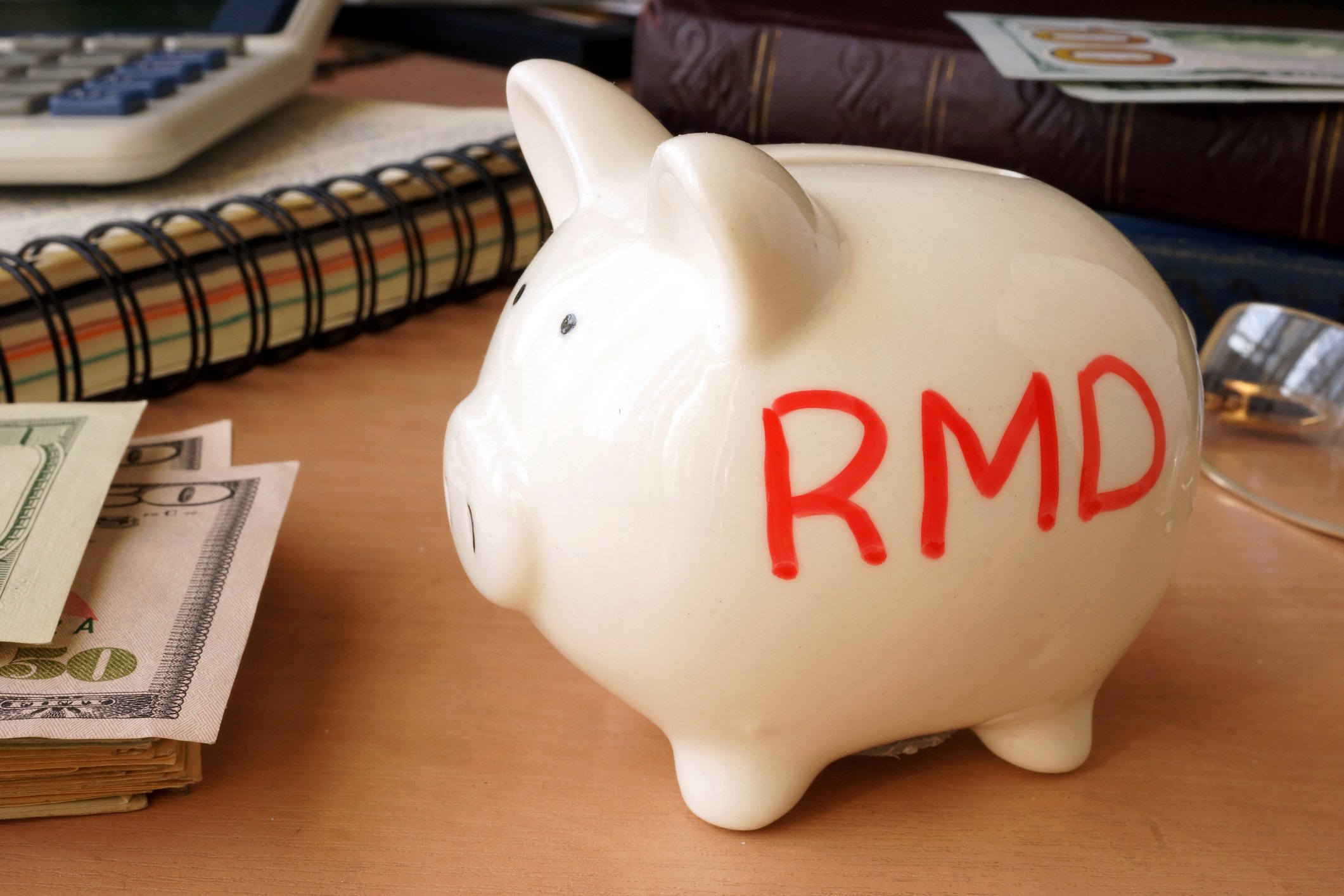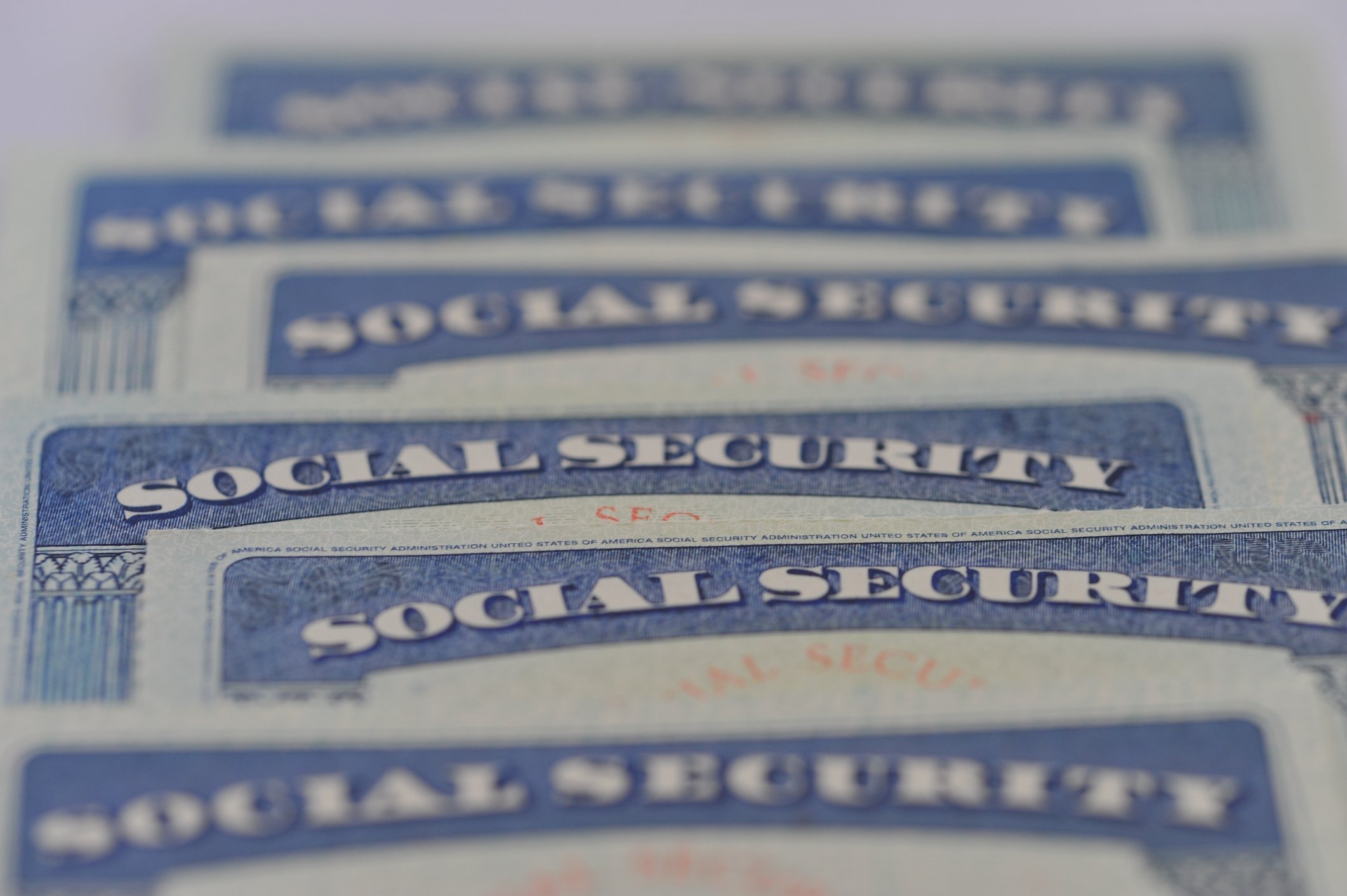Millions of seniors rely on Social Security to provide a substantial portion of their retirement income. But should you do the same? The reality is that those benefits won't come close to taking the place of your former paycheck, and the sooner you realize that, the sooner you can ramp up your retirement savings efforts to avoid an income shortfall during your golden years.
You can't live on Social Security alone
Social Security will generally replace about 40% of your former income if you're an average earner. If you're a higher earner, it'll replace even less. That 40%, however, assumes that benefits aren't cut in the future due to funding issues.

IMAGE SOURCE: GETTY IMAGES.
Most seniors, meanwhile, need a good 70% to 80% of their previous earnings to pay the bills in retirement, especially when we consider that most living expenses don't really go down during that time. If you pay off your mortgage prior to retirement, you may see a dip in your housing expenses. But the rest of your bills, like utilities, cable, and food, are likely to hold steady.
That's why relying on Social Security alone for retirement income is a big mistake. If you do, you could really wind up struggling to keep up with your bills, and you may have to cut back on modest luxuries just to make ends meet.
Secure your own future
It's OK to factor your Social Security income into your retirement budget. In fact, you should. But you should also make a point to save independently during your working years to ensure that you have enough money to cover your senior living expenses.
Currently, you can contribute up to $19,000 a year to a 401(k) if you're under 50, or up to $6,000 a year to an IRA. If you're 50 or older, you get a catch-up option that raises these limits to $25,000 and $7,000, respectively.
But you don't need to max out your retirement plan to build a solid nest egg. Many workers, in fact, can't max out. However, if you're able to set aside $300 a month, here's what your savings balance could grow to, depending on how young you are when you start.
|
If You Start Saving $300 a Month at Age: |
Here's What You'll Have by Age 67 (Assumes a 7% Average Annual Return): |
|---|---|
|
22 |
$1.03 million |
|
27 |
$719,000 |
|
32 |
$498,000 |
|
37 |
$340,000 |
|
42 |
$228,000 |
|
47 |
$148,000 |
TABLE AND CALCULATIONS BY AUTHOR.
Keep in mind that the 7% return above is reasonable for a stock-heavy portfolio over a long investment window. But if you're very risk-averse, and therefore won't be putting your 401(k) or IRA into stocks, you'll likely see a much lower return. If that's the case, you'll need to set aside a lot more money each month to mimic the above numbers, so be mindful of that when choosing investments.
Now if you're not used to saving any money for retirement, coming up with $300 a month could prove challenging. But modest lifestyle changes can get you there. If you're willing to eat at home rather than dine out, walk or take buses rather than hail rideshares, and limit non-essential purchases, you might scrounge up that cash rather easily. And if not, there's always the option to make more substantial changes, like downsizing your home or getting a side job for added income.
No matter what steps you take to start building retirement savings, be sure to make it a priority. Though Social Security helps millions of seniors stay afloat, those benefits won't sustain you by themselves. If you don't take steps to supplement them, you're likely to struggle once the time comes for you to leave the workforce.





